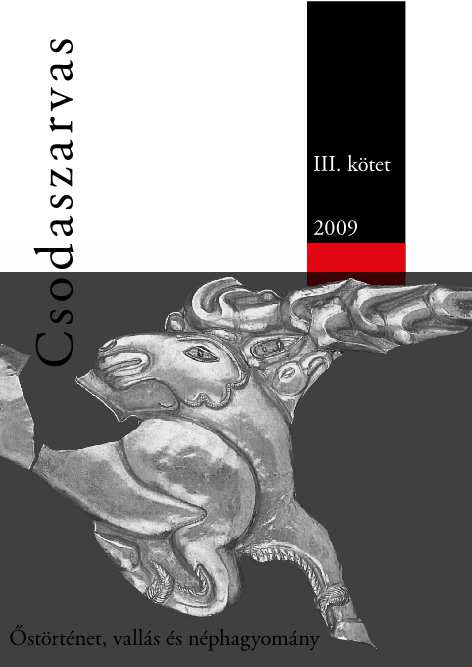Korai történelmünk szemlélete a XVIII. század végéig
A Historiography of Early Hungarian History
Author(s): György Szabados
Subject(s): Ancient World, 13th to 14th Centuries
Published by: Molnár Kiadó
Summary/Abstract: The beginnings of Hungarian history have generated a strong interest from the very first centuries of written culture. My goal is to follow the path from the first chronicles (the second half of the 11th century) to the end of the 18th century, when Hungarian historiography had attained the standard of scholarship. During this long period, both the database and the method underwent radical changes, but a critical attitude represented a constant part of the thinking. This view of our early history is not entirely the same as research into prehistory, because the former focuses on the main starting and re-starting points and the most important emblematic heroes. The medieval chronicles divided ancient Hungarian history into two parts: the Hunnic starting period focusing on King Attila's greatness and the Hungarian one led by Attila's descendants, Álmos and his son Árpád. The humanist writer Bonfini introduced the Avars between the Huns and Hungarians. This triple Hunnic–Avar–Hungarian conception was strengthened by many new details in the 17–18th centuries; it developed and dominated the common historical view. But in 1746 Anonymus's Gesta Hungarorum was first published (after lying in wait for more than half a millennium) and forced a radical turn: the Hunnic and Avar periods fell into the background and permanent Hungarian settlement was now stressed. This change can be measured well in the life's work of the two greatest Jesuit scholars, György Pray and István Katona.
Book: Csodaszarvas III.
- Page Range: 125-143
- Page Count: 19
- Publication Year: 2009
- Language: Hungarian
- Content File-PDF

